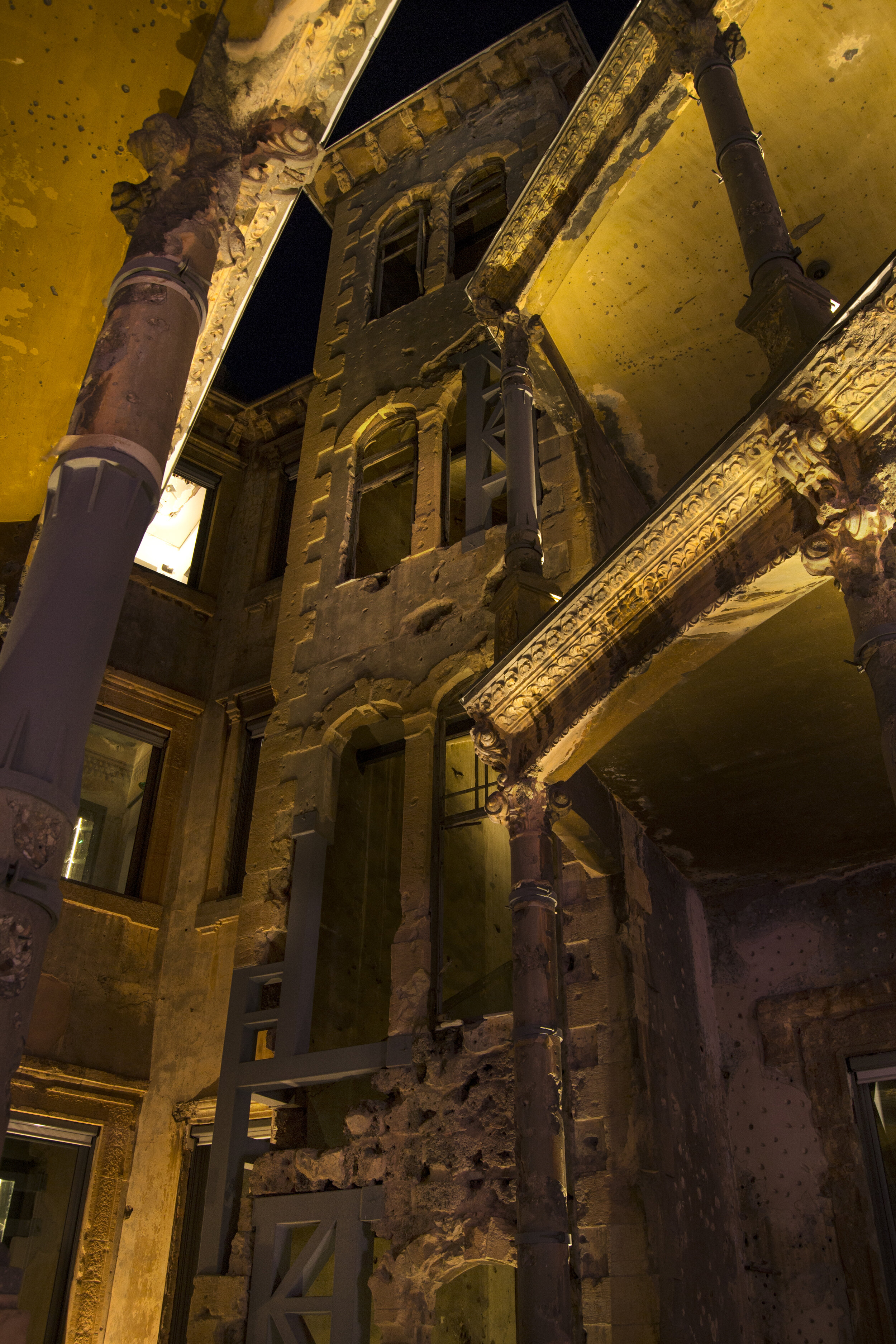
Beit Beirut, Lebanon

Architect: Youssef Haidar | Location: Beirut, Lebanon | Category: Cultural
1936 witnessed the emergence of a residential complex that dominated the Sodeco intersection. Exceptional in its luxurious architecture and interior, the Barakat building became a snipers’ den throughout the 15-year-long civil war. Today, it stands tall as the city’s first multifaceted cultural center, museum, and memorial space – Beit Beirut. Upon entering the building, one would notice a central space where the existing structure meets its extension: A versatile lighting layout has been set for the numerous exhibitions. Track projectors rotating around a circular skylight’s center provide accented & ambient lighting. Subtle lighting signals across the floor lead to a dominant ramp circulating vertically, linking the old structures to the new, and every story in between.



Architect Youssef Haidar paid tribute to the original atypical void by keeping the extension disconnected. The result, a centered atrium and skylight peering into the entrance all the way through to the basement. A narrow beam projector on the third floor directed towards the atrium created an accentuated moonlight effect. Each floor serves as a chapter of the city’s history. Hilights’ expertise is best exemplified by providing dramatically adequate lighting, thus foregrounding the different emotions visitors might experience. The first floor serves as a memorial. The challenge was to dramatize this episode with no false ceiling; by manipulating the raised floors to house linear luminaires, warm lighting drenched every scarred wall. Other areas contain dimmed bulbs hanging over disparate remnants to reanimate the hostile environment.

Half restored, half preserved, gradual warmth in atmosphere is achieved on the second floor. Beams that run along the ceiling delineate two scenes using indirect light and suspended track projectors: That for the exhibition, where projectors reveal collected data depicting life and evolution in Beirut; the other of preserved motifs, tiling, and confessions left on walls by militiamen encapsulating the interior space via framing projectors. With skylights penetrating the false ceiling, the directed linear lighting gives the impression of sunlight seeping through the third floor, while also illuminating the rooftop terrace situated above. Lastly, with 3D mapping, projections of animated war scenes will highlight the façade’s architectural features and accommodate various future events.
